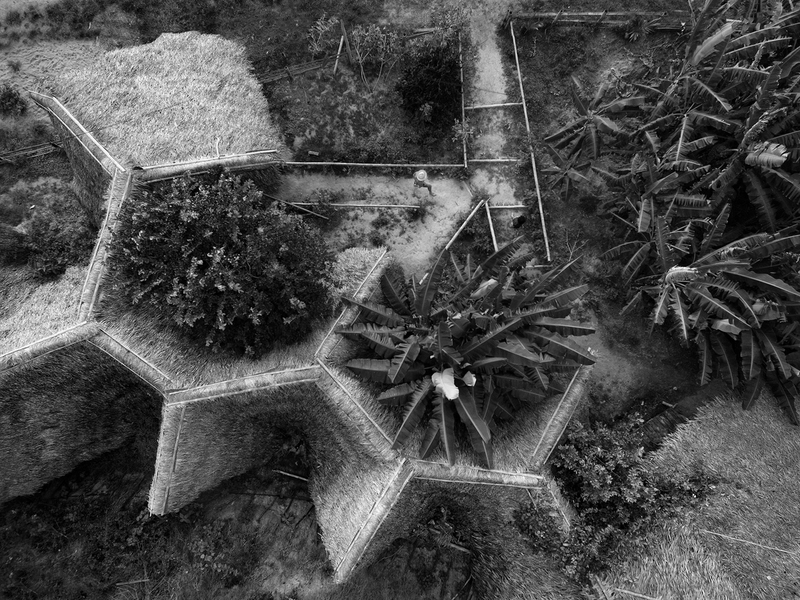→ The Illusion of Abundance
David Barragán, Pascual Gangotena, Maríaluisa Borja, and Esteban Benavides
For most of human history, people have dealt with problems specific to their territories in contexts that can now be perceived as contexts of scarcity. Over time, society has accumulated thousands of years of knowledge about how to address their needs with what is available. Al Borde draws heavily from solutions found in vernacular architecture and its blend of pragmatism and poetry.
From our perspective, the problem does not come from scarcity but from abundance or, more accurately, the illusion of abundance, which is something new for humanity and something we are inexperienced with. The question we should ask is not how we deal with scarcity, but how we deal with abundance.
When we visited Sharjah for the first time, we met with the city urban development team, who presented us with new plans for the city. We were impressed by the huge transformations that were being designed. We were told that Sharjah’s historic center had been partially destroyed in a previous urban reform, and a few years later, the team realized it was a mistake and rebuilt the historic center. The principal of the city urban team told us: "Sometimes, we would wish to have an undo button, but we do not have one. Nevertheless, we are prepared to pay the cost of our mistakes.” This raises the question of whether humanity is prepared to pay the cost of its mistakes.
Al Borde is a project led by four architects who strive to approach architecture in the most humane way possible, with minimal resources. They do not see scarcity as an excuse, but rather as an aesthetic and political resource, situated on the border between art and architecture. Their approach involves developing an "intimate discussion of place" and proposing designs that originate from "common intelligence" as a work ethic. Through various projects, they generate dynamics of social interchange where people design from their own collective consciousness. Al Borde is a forceful project that continuously questions the idea of architecture being ruled by discipline and driven by capital.
